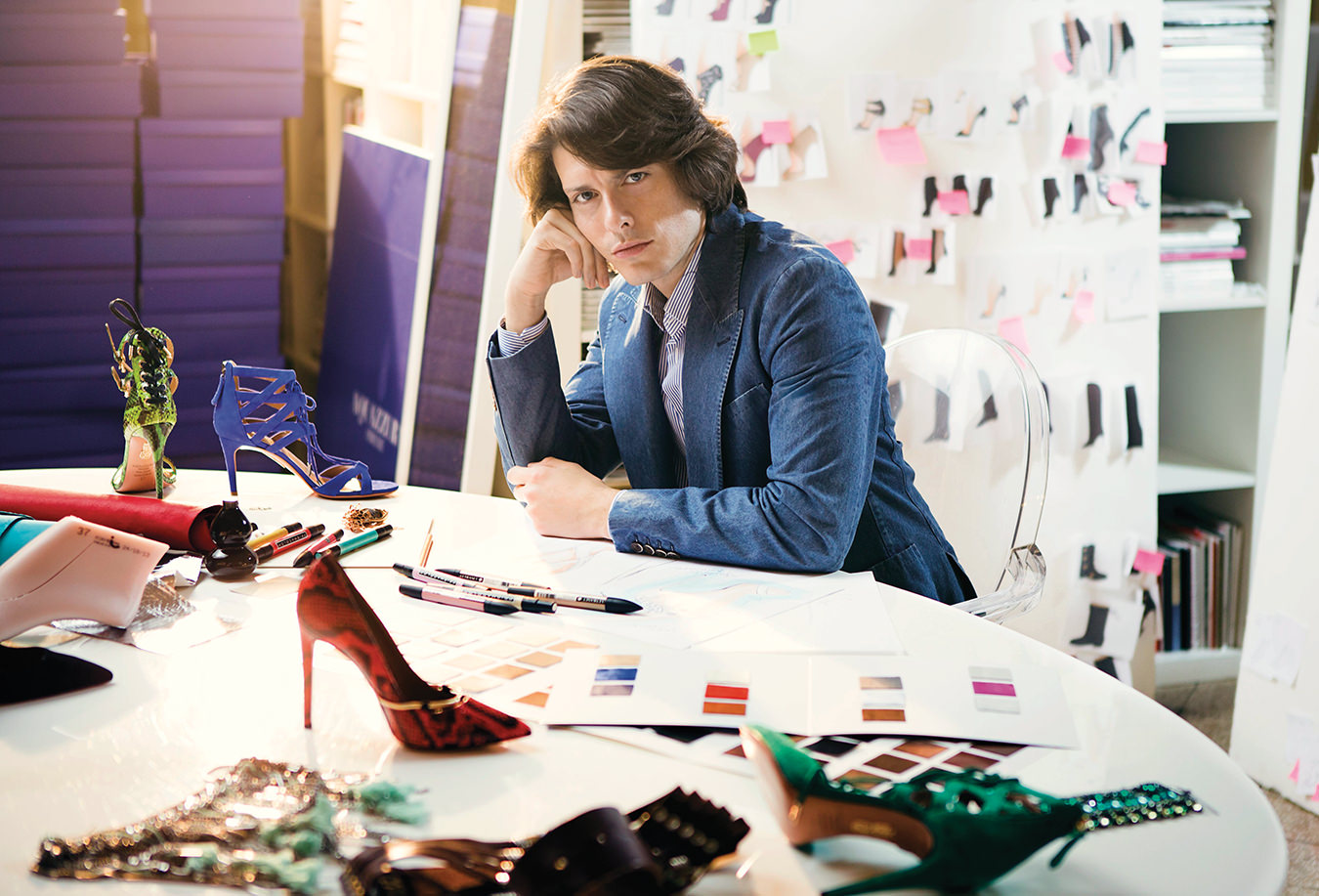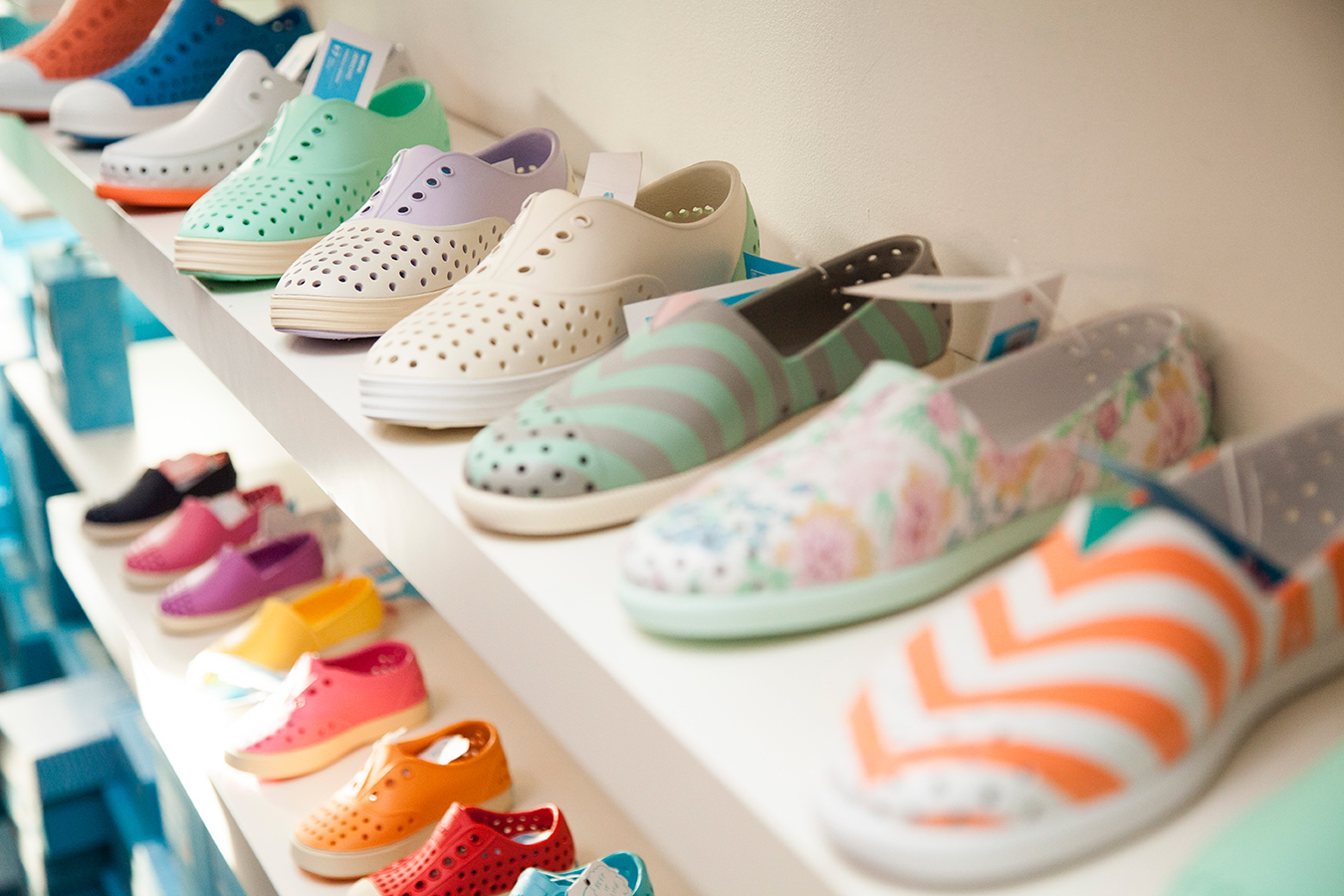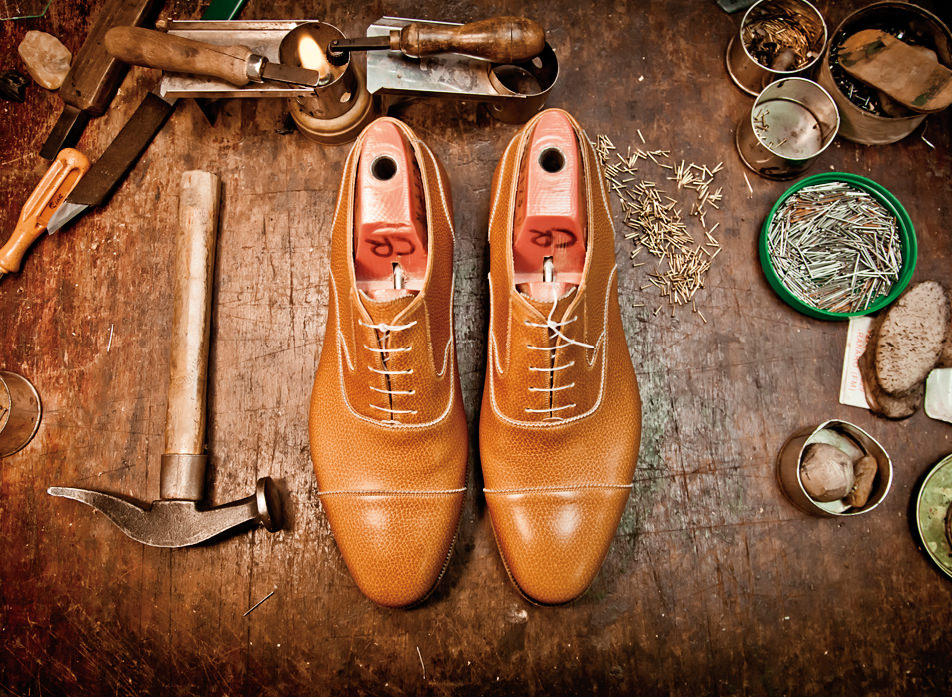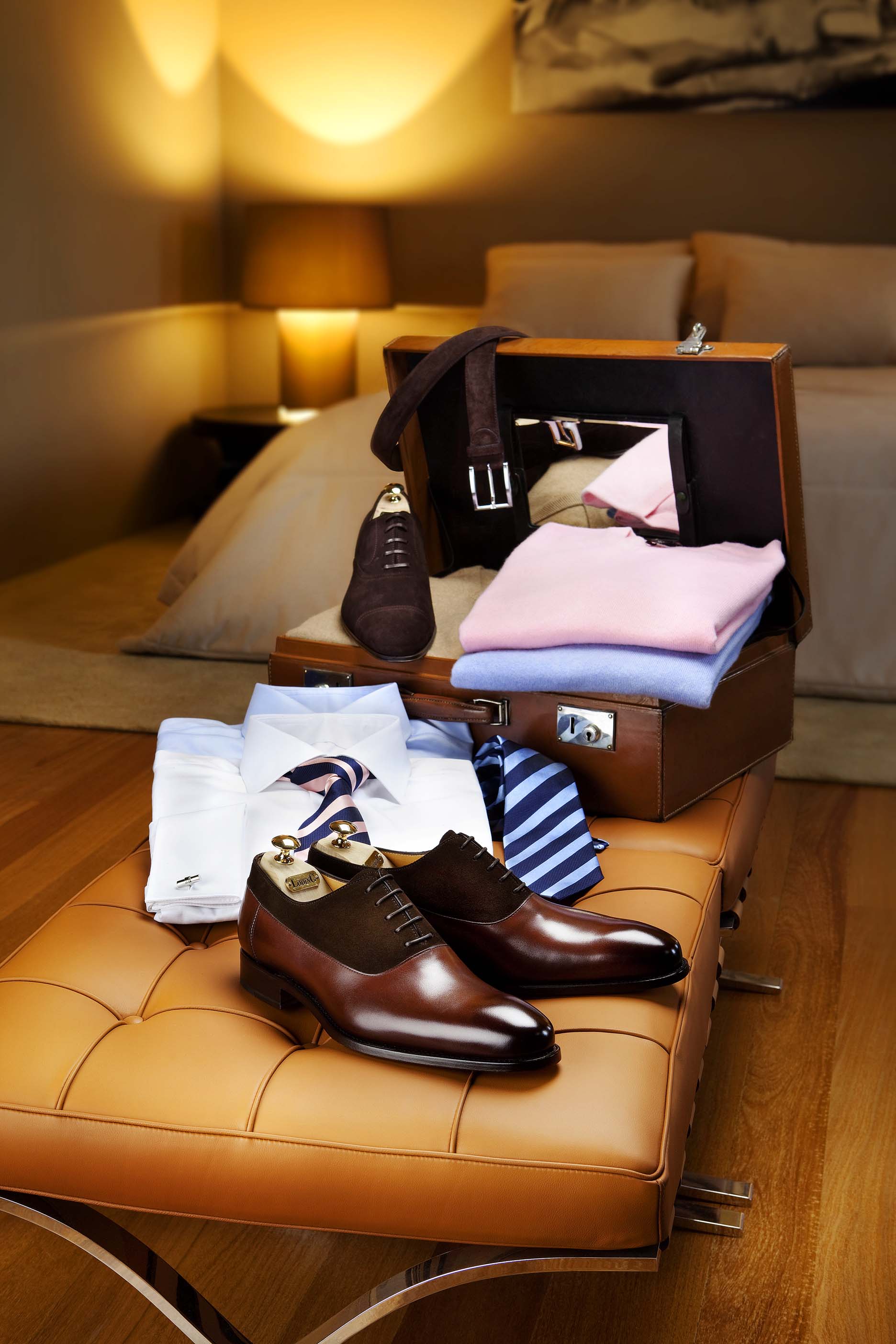Silvano di Lattanzi
Shoes by hand.
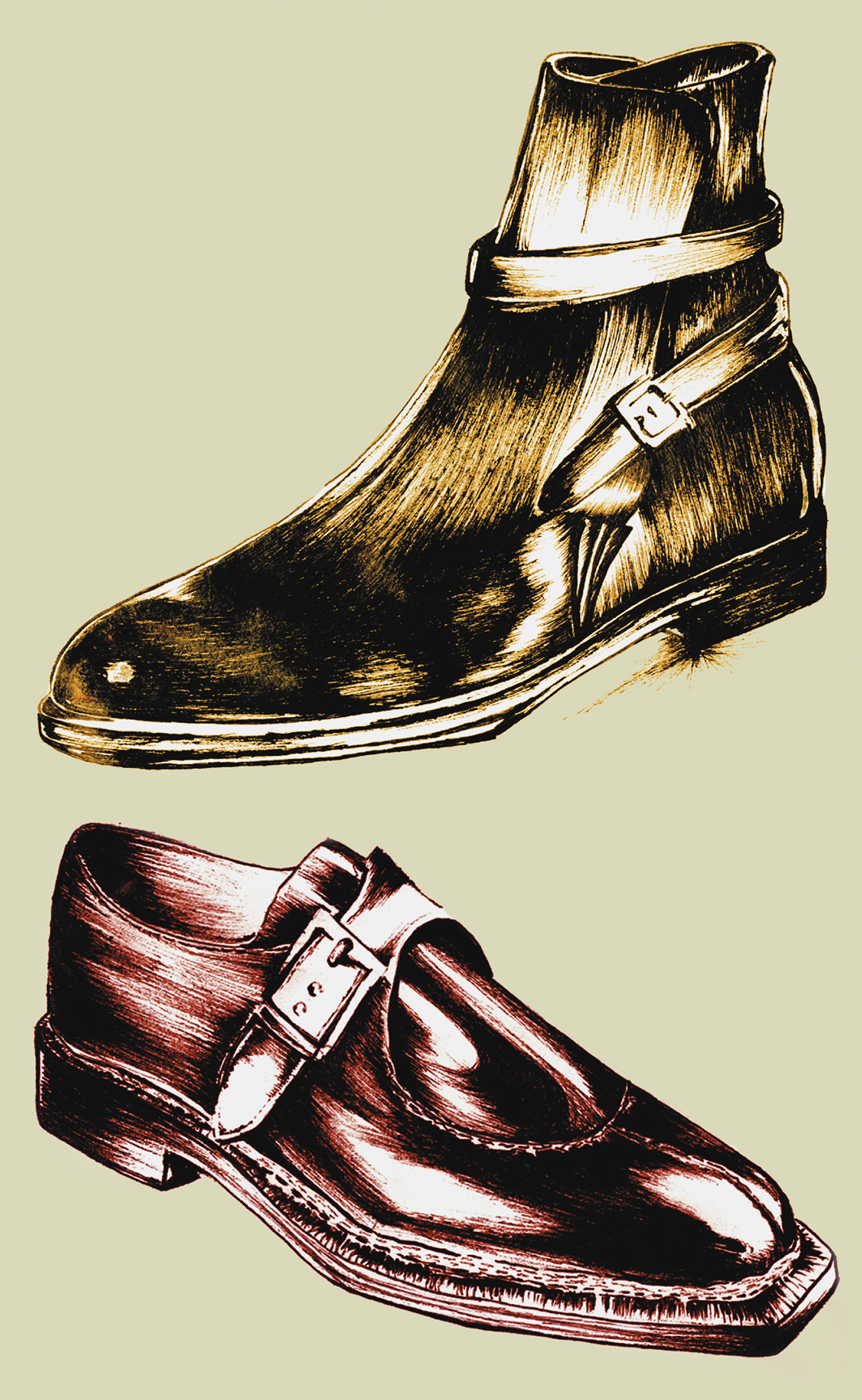
The artisan and his craft are not ordinary creatures. The essence of artisan work relies on dedication and a precision requiring a focus not common in a modern, industrial economy, if it were ever common at all. In Rome on via Bocca di Leone, there is a special atelier where an artist and truly devoted artisan staunchly adheres to the rigours of a dying craft. He makes shoes by hand.
Silvano di Lattanzi was propelled to begin his work in the late 60s when his travels throughout Europe demonstrated to him that the craft of bench-made shoes was not being practised in the tradition of the original artisans. “I couldn’t believe that this desire for quality would be dead.”
The first thing to understand about a name like Lattanzi’s is that it is not built on marketing or logo recognition. The shoes are not about the price tag, despite its heft, ($4,800-$8,000) but about an appreciation for scrupulous attention to detail and quality control. When discussing someone such as Lattanzi, the term handmade must be qualified. It has become somewhat of a misnomer, attached to anything with the remotest semblance of hand-crafting. Lattanzi not only constructs a bench-made shoe with custom precision, but he also constructs an individual last (shoe forms) for each and every client. He then supervises and participates in every step of the process.
An example is necessary to understand the exigencies Lattanzi abides by. To hide the stitching as much as physically possible, Lattanzi constructs a reverse double-welt—the upper part of the shoe is sewn inside out and then reversed. “Handmaking must be perfect, absolutely perfect. You cannot do it if there are other things on your mind. You have to have a happy atmosphere and total, total commitment.”
The foundation of Lattanzi shoes lies in the welt. In 1971, Lattanzi was the first to introduce the Norvegesi with the handmade welt. Injected with hot plastic or cemented together, most shoes today do not contain a welt (a leather rim sewn around the edge of a shoe-upper to which the sole is attached). He makes shoes in single, double and triple welt (even by English shoe makers considered too rigid, only used for waterproof boots). Yet Lattanzi triple welts the most delicate of his women’s sandals.
The Lattanzi bench-made shoe stands out not just because of its quality, however. He has managed to marry it effortlessly to fashion. He designs 50 new models annually. Always confronting the paradox of ephemeral currency and sophisticated classicism, Lattanzi points to a shoe that is fifty years old yet is a best seller; “The vision of many years ago is so strong that it still makes men feel young.”
To stand next to Lattanzi is to feel the passion emanating from him; to look at his hands and see the deep cuts and callouses is to understand the physicality of his work. His shoes are not simply a commodity but an homage to the artisan behind the work.
Respect for the people who work alongside him and the people who understand his product highlight the singularity not only of the man but of his creations. Exclusive is often used euphe-mistically to denote ‘for the affluent only’. Lattanzi’s is a niche product (4,000 pairs are produced annually) but in an entirely different sense. The respect he has for this niche is evident in his eyes; “There was a man from Senegal with humble work who came to my store to buy a pair of shoes. It took him 18 months to pay for them. Each month he brought a payment as I worked on them. When I became aware that there were four months left to pay, I chose to have the store give him the shoes.” Obviously extremely moved by this story he continues, “This fellow came back four months later and paid the balance. This is a refugee living in Parma. This really impressed me, it is a beautiful thing.”
Well aware that his product caters to a small percentage of the population, and the difficulties this may entail, Lattanzi’s interests are squarely set on maintaining the quality; “I will never be influenced by the financier in Milan or New York to expand and reduce the quality.” He ends with an incisive distinction; “I need a customer who has true taste and can distinguish between luxury and quality.”





